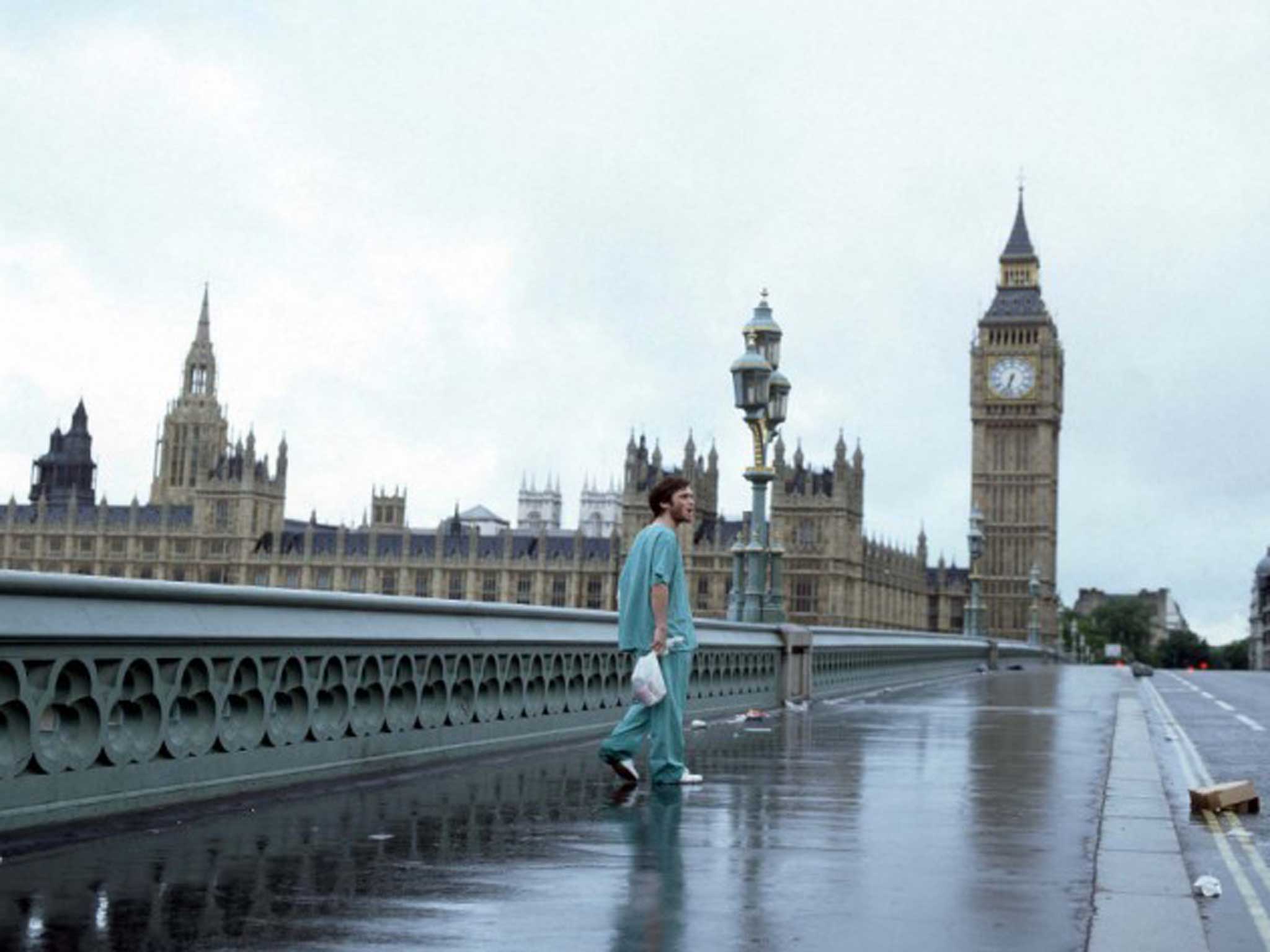A Lovely Way To Burn, By Louise Welsh: Book review

Your support helps us to tell the story
From reproductive rights to climate change to Big Tech, The Independent is on the ground when the story is developing. Whether it's investigating the financials of Elon Musk's pro-Trump PAC or producing our latest documentary, 'The A Word', which shines a light on the American women fighting for reproductive rights, we know how important it is to parse out the facts from the messaging.
At such a critical moment in US history, we need reporters on the ground. Your donation allows us to keep sending journalists to speak to both sides of the story.
The Independent is trusted by Americans across the entire political spectrum. And unlike many other quality news outlets, we choose not to lock Americans out of our reporting and analysis with paywalls. We believe quality journalism should be available to everyone, paid for by those who can afford it.
Your support makes all the difference.A Lovely Way to Burn is the latest in a gleefully unhappy band of novels, films and television shows obsessed with imminent apocalypse. The genre’s current popularity is intriguing, not least because of the sheer delight it takes in visiting the plagues and social problems that beset supposedly “undeveloped” nations on wealthy Western societies. Or as Louise Welsh’s nicely weighted title implies, it’s the end of the world as we know it, but we feel fine.
These near-biblical parables use acts of unimaginably thorough destruction to offer intimate portrayals of everyday life and people: global breakdown as a mirror in which we see ourselves, albeit refracted in mysterious ways. Such weirdly modulated realism runs throughout Louise Welsh’s new book. A recognisable and lovingly described contemporary London is devastated by “The Sweats”, the sort of virus that laid waste to Britain in 28 Days Later or America in The Walking Dead, albeit with fewer flesh-eating zombies.
The pandemic comes at a bad time for Welsh’s heroine, Stevie Flint, who was on the verge of getting serious with a handsome, if emotionally unavailable doctor, Simon Sharkey. As the novel opens, Sharkey is even more unavailable, but at least this time he has an excuse. He is dead, seemingly by his own hand, although this is quickly thrown into doubt. The ensuing plot weighs this single unnatural death against the thousands that begin grimly to relax London’s population crisis.
Simon’s demise comes as a shock to Stevie, who discovers his body. But the reader is braced for trauma. Welsh’s potent take on the psychological thriller – her stupendous debut The Cutting Room – works by allowing a quietly menacing mood to hum beneath the most ordinary of scenes. The writer she reminds me of most is Ian McEwan: both specialise in secrets, rather chilly sexuality, sudden reversals of fortune, and uneasy intimations of doom.
In this, Welsh fits the disaster novel like a glove. A Lovely Way to Burn opens with an epidemic of mass murder: three men suddenly opening fire on crowds of people. Welsh describes the outrages with the sort of sang froid normally reserved for crown green bowls. The story unfurls by following Stevie’s humdrum routines, which are destabilised by outbursts of almost surreal violence. A drunk man grabs her on the street: “Do you fancy another one, just like the other one?” he hisses sounding nonsensical and terrifying at once. An enraged driver suddenly “drew a finger across his throat”. Or there’s the black comedy of Stevie’s clearly dying producer demanding she broadcast as normal despite the enveloping carnage: “Rachel sounded as if she was at a dinner party….”
Stevie herself seems perfectly attuned to the vibrations made when horror is rubbed against the mundane. Perhaps the only disaster hero in history to work for the Home Shopping Channel (or Welsh’s low-budget equivalent), she is curiously prone to moments of gothic poetry. In the midst of selling a Dual Action Toaster, she declares: “I had an aunty who lived in Southend …. Starlings used to swarm off the pier and swoop across the bay. Sometimes they turned the sky black.” Later, realising she forgot to remove her thick studio make-up, Stevie “saw it melting from her face in one smooth mask: café au lait skin and red lips, a flutter of mascara trimming wide-set eye sockets, minus her brown eyes.”
Welsh has a scary touch where physical disgust is concerned. Stevie might bridle when her nemesis – the maddish scientist Alexander Buchanan – comments on the attractiveness of a recently deceased woman, but she is similarly preoccupied with looks, and their rapid decay. There’s a scene in which Westminster Tube station morphs into an ancient vision of Hell. Stevie becomes aware of “bodies being ferried upwards and downwards”, as if the living are corpses already. Welsh’s mechanised London is a place after T S Eliot’s heart, a vast city made airlessly claustrophobic by millions of inhabitants breathing contagion at one another.
There are downsides to Welsh’s sixth novel, chiefly an inescapable sense of deja vu. Crazy medics, two-faced strangers, social breakdown, mad dashes around deserted cities in fast cars. Welsh even includes a scene in which our desperate but determined heroine shaves off her hair to really look hard as flint. A Lovely Way to Burn is also the first part of a trilogy. Like many opening chapters, it ends on an almost inevitable note of disappointment. We know there won’t be resolution, that Welsh’s diligent narrative work is mostly premise and little follow-through.
In another way, however, this disappointment is simply the flip-side of delayed gratification. How did the virus start? Why is Stevie immune? What happened to Simon? And will we ever buy Dual Action Toasters again? A Lovely Way to Burn is superb popular fiction – a box-set waiting to happen. Roll on part two.
Join our commenting forum
Join thought-provoking conversations, follow other Independent readers and see their replies
Comments